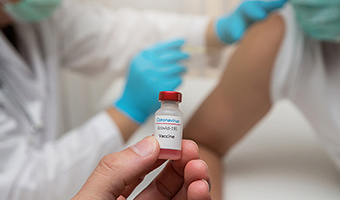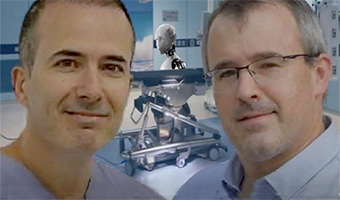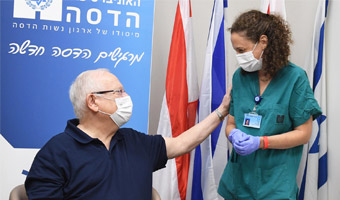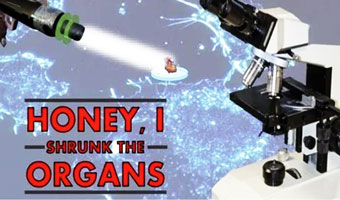A new drug technology, developed at the Hadassah Medical Organization to treat fatty liver disease--a condition with no approved effective drug treatment--was given the go-ahead by the United States Food and Drug Administration (FDA) for a Phase 2 multi-center clinical trial in the US.
In its severe form (called nonalcoholic steatohepatitis-NASH), fatty liver disease can lead to cirrhosis and liver cancer. Current estimates reveal that at least five percent of the Western world’s population suffers from the disease. The majority of these patients also have diabetes, high blood lipids, and obesity.
The new technology was developed by Prof. Yaron Ilan, Director, Department of Internal Medicine and former president of the Israel Liver Association, and his team in Hadassah’s Liver Unit. Based on feeding natural antibodies against intestinal bacteria associated with fatty liver disease, the treatment reduces inflammation by directly affecting the activity level of regulatory T cells in the liver and fat tissues. “The new drug is based on a novel discovery that bacteria in our gut are relevant for the induction of inflammation in our body, which is associated with liver disease, diabetes, and obesity” said Prof. Ilan. “The new therapy is safe and has no side effect, and we hope the results of the phase II trial will enable us to move forward with its development as a treatment for diabetes and fatty liver disease”.
Hadasit, Hadassah’s technology transfer arm, and Immuron, an Australian biopharmaceutical company, worked together to develop the product. The collaborative effort combines Hadassah’s oral immune modulation approach with antibodies produced by Immuron.
The multi-center clinical trial will involve 120 patients in several leading medical centers in the US and Australia. The cohort will receive the treatment for six months, while monitored for the state of their liver disease, diabetes, and lipid profile.
Clinical trials were already conducted at Hadassah, which confirmed the safety and efficacy of the treatment.
Read about the 2009 discovery of treatment for fatty liver disease









